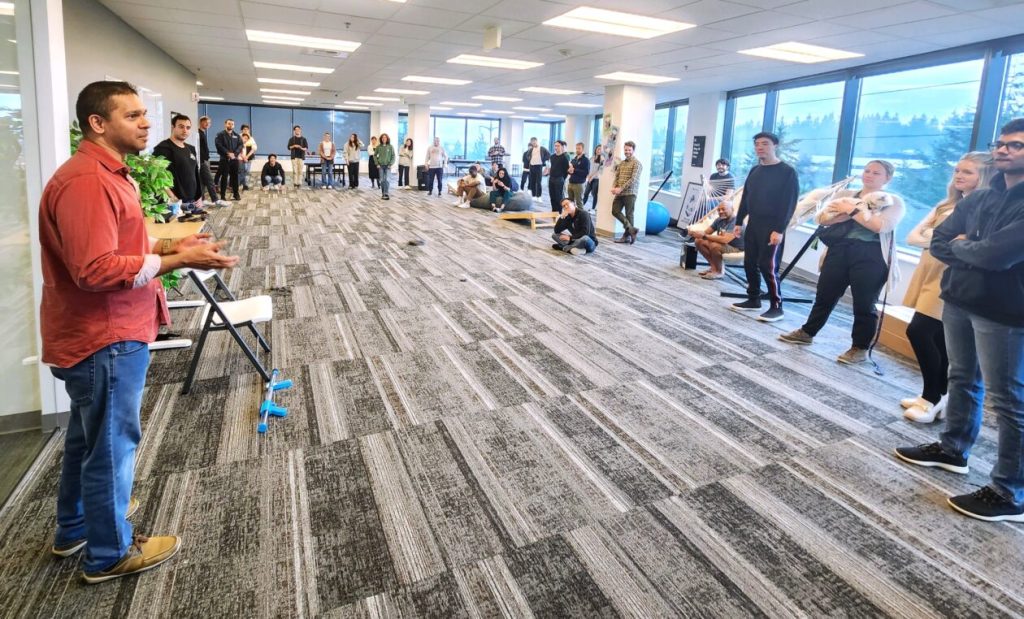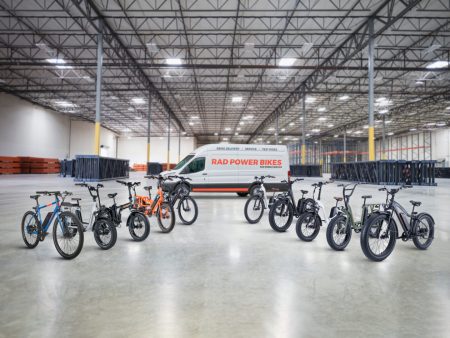Statsig’s Success: The Power of In-Office Culture in a Remote Work World
In an era where remote and hybrid work has become the norm, Seattle-based startup Statsig stands out with its unconventional approach to workplace culture. Recently acquired by OpenAI for a staggering $1.1 billion, the company has maintained a five-day in-office work policy since its founding four years ago—a decision that may have contributed significantly to its remarkable success. When founder and CEO Vijaye Raji launched Statsig in 2021, he initially planned to adopt a hybrid model after the first year. However, the team discovered that their in-person environment fostered such powerful collaboration and efficiency that they chose to maintain their fully in-office approach, despite the growing trend toward remote work flexibility across the tech industry.
This decision places Statsig in a small minority. According to Flex Index data, only 17% of companies with fewer than 500 employees require full-time office attendance in today’s workplace landscape. Madrona managing director S. “Soma” Somasegar, an early Statsig investor, highlighted this distinctive approach in his blog post about the acquisition, noting that “In a time when the world was figuring out remote and hybrid models, Statsig doubled down on five days a week in the office. That choice fostered a high-performing, deeply collaborative culture; a reminder that sometimes the simplest choices create the strongest foundations.” The feature management and experimentation startup, which now employs 155 people, has demonstrated that swimming against the current of workplace trends can yield extraordinary results when the approach aligns with company values and objectives.
Raji, who previously led Facebook’s Seattle engineering office, cites numerous benefits from the in-person work environment—faster decision-making, enhanced real-time collaboration, reduced friction in communication, and stronger social bonds among team members. Statsig employees have reinforced these observations, pointing to the energetic office atmosphere, complimentary lunches, and even the presence of pets as factors that enhance their workplace experience. While the company maintains its firm stance on in-office work, it doesn’t operate with rigid inflexibility; employees have the freedom to work remotely when personal circumstances require it, and the company employs sales professionals who work from various time zones. Nevertheless, the fundamental expectation remains consistent: the office is where Statsig’s work happens.
Like any business decision, Statsig’s in-office policy comes with trade-offs that Raji openly acknowledges. Office rent represents a significant expense, employees must factor commuting time into their daily routines, and the company faces geographical limitations in its hiring practices. However, Raji views these challenges as acceptable costs for the competitive advantage gained through in-person collaboration. “Especially in a startup, where you’re trying to outcompete all the other smart people in the world, I feel if you can get any advantage in one way or the other, take it,” he explained last year. This philosophy appears to align with OpenAI CEO Sam Altman’s own perspective, as he expressed in 2023 that startups achieve optimal results when team members work together in physical proximity—a viewpoint that may have made Statsig particularly attractive as an acquisition target.
Statsig’s approach reflects a broader post-pandemic reassessment of workplace models across the corporate landscape. Major companies like Amazon have recalled their workforces to office environments after experimenting with remote arrangements during COVID-19. However, it’s important to note that Statsig’s success doesn’t invalidate alternative models. Chainguard, another remarkable startup success story, demonstrates the viability of the opposite approach—operating with zero physical offices, the cybersecurity company raised $356 million at a $3.5 billion valuation earlier this year. Chainguard CEO Dan Lorenc credits their remote structure with providing significant hiring advantages, though he emphasizes the importance of regular in-person gatherings and structured meeting schedules to maintain team cohesion.
The ongoing debate about optimal work arrangements continues to evolve, with data supporting various approaches. According to Flex Index, the average U.S. company now requires corporate employees to be in-office approximately 2.87 days weekly. Perhaps more tellingly, their research indicates that public companies offering “fully flexible” office policies grew revenue at 1.7 times the rate of those implementing strict in-office mandates—a statistic that seems to contradict Statsig’s experience. This suggests that the ideal workplace model may not follow a universal formula but rather depends on company-specific factors including leadership style, industry demands, company life stage, and organizational culture. What emerges clearly from Statsig’s story is that intentional workplace policies—whether remote, hybrid, or fully in-office—yield the best results when they’re thoughtfully aligned with a company’s strategic objectives and consistently reinforced through cultural practices.















